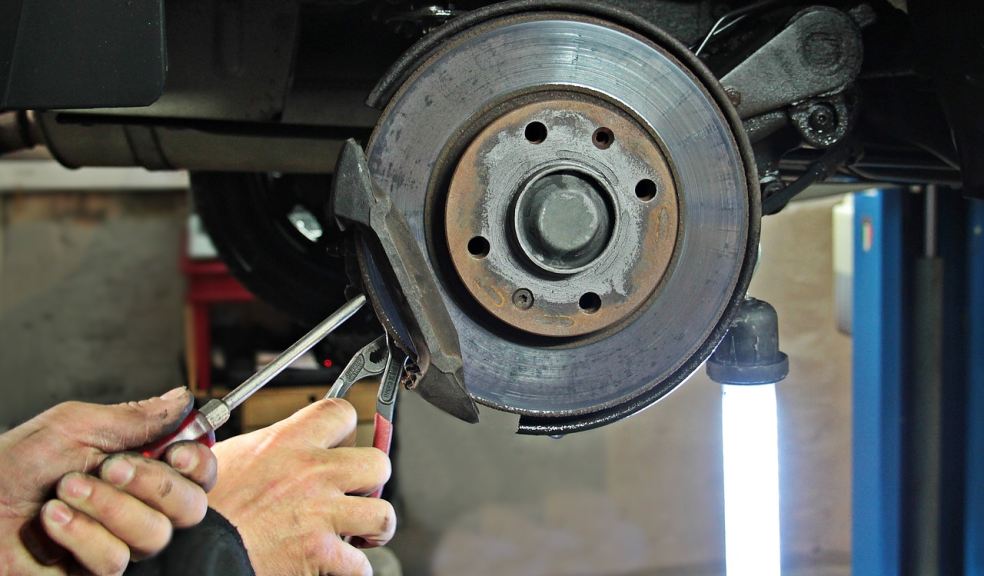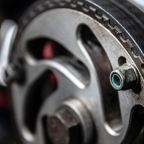
Brake discs: How they work and when and how to change brake pads
Understanding how the brake system of a vehicle works and how to find spare parts is important for any driver to know.
In response to the the brake pedal being pressed, a piston inside the brake master cylinder presses hydraulic fluid in the brake lines, which moves the pistons and pushes the brake pads against the rotor. When a driver bakes harder, more pressure is created inside the brake lines, and the pads squeeze the rotor harder. After the driver releases the pedal, the pads move very little - only a few millimeters - and should retract back into the calipers again.
Wear and tear on disc brakes
Disc brake systems are subject to a lot of stress and heat, even in normal driving conditions and over time certain components will deteriorate. The brake pads are usually the most commonly changed part. Depending on the material the pads are made of as well as your driving habits, it could occur anywhere between 25 and 70k miles.
As long as a brake rotor doesn't overheat or the brake pads aren't replaced on time, it will last for 50,000-70,000 miles. The lifeblood of your brake system is brake fluid. Check it every 24,000 to 36,000 miles, or as soon as possible if you suspect a leak. As long as there are no mechanical problems with pistons and calipers, they should last the lifetime of the vehicle. This includes damage caused by debris, crashes, or inactivity.
What are brake pads?
An automobile, truck, or SUV's disc brake system consists of brake pads. Some older automobiles and some trucks are still equipped with drum brakes, but the majority of vehicles on the road are equipped with disc brakes. Unlike bicycles, automobiles use hydraulics to control their brakes. When you step on the brake pedal, you activate a hydraulic pump that applies pressure through a series of tubes (brake lines) to the calipers near your wheels. Brake rotors consist of a heavy metal disc sandwiched between a pair of brake pads. Rotor wheels are attached to wheels and spin on wheels hubs and bearings.
Brake rotors spin when your car is moving and your tyres are rolling. When you brake, the caliper presses the pads against the rotating rotor, creating friction and heat. The brake pads grab the rotor as your vehicle is moving and convert kinetic energy into thermal energy, heat.
A brake pad is made of a material that is designed to create friction when it presses against the rotor. For automotive brake pads, there are various compounds available with different properties. Organic pads perform well and are inexpensive, semi-metallic pads perform well and are heavy-duty, and ceramic pads provide smooth, quiet, prolonged performance, but they are expensive. Your choice of brake pads will affect the performance of your disc brake system.
All brake pads have a friction material that wears away over time, so every so often you'll need to replace your brake pads.
How can I tell when it is time to replace my brake pads?
How do you know when to replace you brake pads? Ideally, your brakes should be inspected at regular intervals, such as when you change your oil. Unless otherwise, you will probably receive a warning from your car.
Your brake pads need to have friction materials that are at least 3-6mm thick. It is possible to determine the amount of life left in your pads by having a technician inspect them. A car with worn-out brake pads will have a difficult time stopping within a reasonable distance. Damage to other parts of your brake system can occur as a result of severely worn brake pads.
Source of information:
https://www.onlinecarparts.co.uk/spare-parts/brake-pads.html
https://lifehacker.com/how-to-change-your-cars-brake-pads-1783117085











